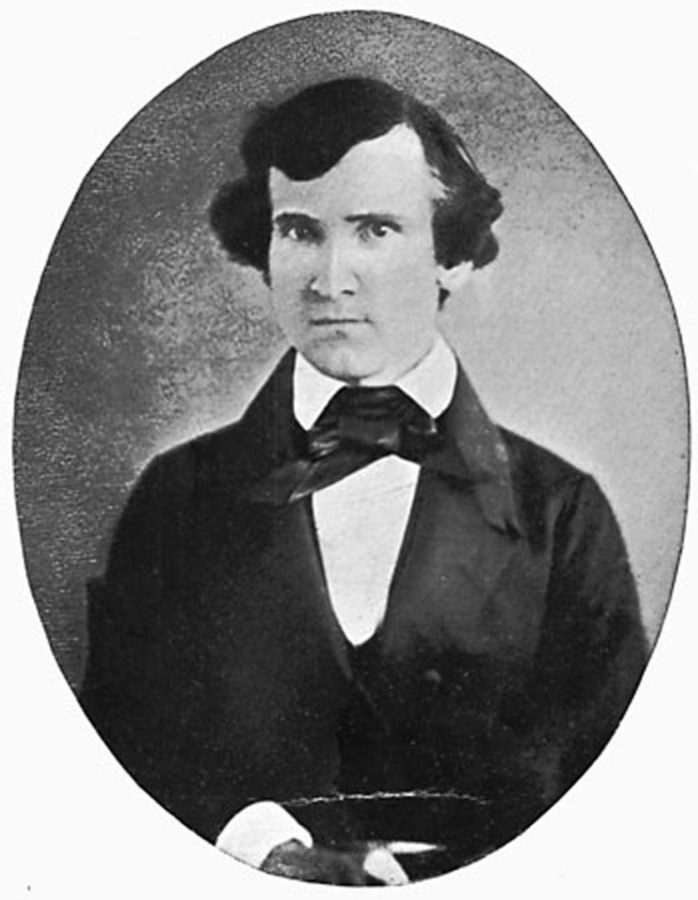During the late 1700s and early 1800s, American naturalists longed for the scientific credibility of those in Europe. The Lewis and Clark expedition revealed countless discoveries in American biology and zoology that awaited the scientific community. The excitement of that first scientific expedition sent the new nation’s scientists into a collection frenzy.
Preparing for his second expedition in 1834, Nathaniel Wyeth invited two well-respected naturalists, 48-year-old Thomas Nuttall (1786-1859) and 22-year-old John Kirk Townsend (1808-1851). The caravan followed the Platte River to South Pass and then down the Snake and Columbia rivers to Fort Vancouver, journeying through what is now Kansas, Wyoming and Utah to arrive at Fort Vancouver in late 1834. Along the way, they collected specimens.
Of the two naturalists, the middle-aged Nuttall was the more experienced. He’d already traveled with the 1811 Astor expedition up the Missouri River headed by William Hunt. He explored the Mississippi Valley, Arkansas and Oklahoma.
The younger Townsend’s education as a scientist included medicine, pharmacology, zoology, ornithology and taxidermy. Later, he practiced dentistry. The American Philosophical Society and the Academy of Natural Sciences funded his trip West.



